читайте также
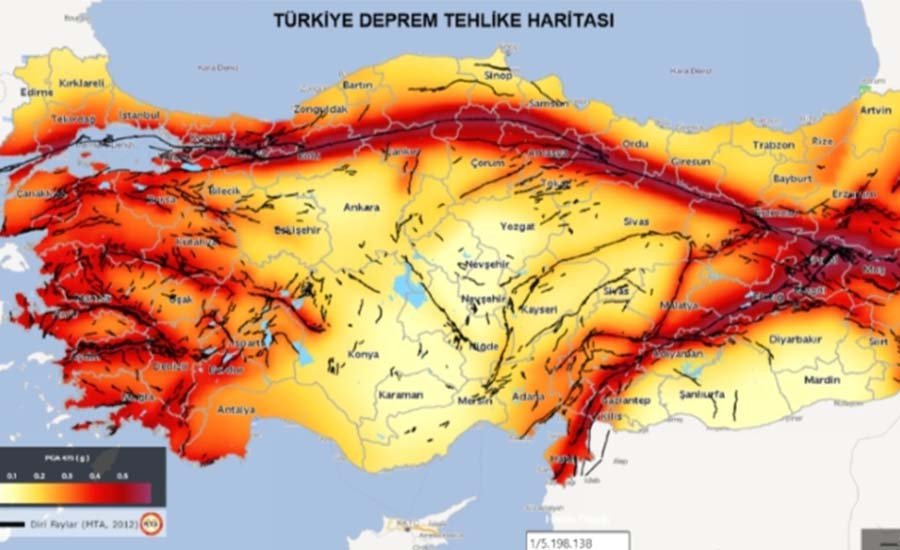 Turkey at the Epicenter of Seismic Risk: 100 Earthquakes a Day
Turkey at the Epicenter of Seismic Risk: 100 Earthquakes a Day
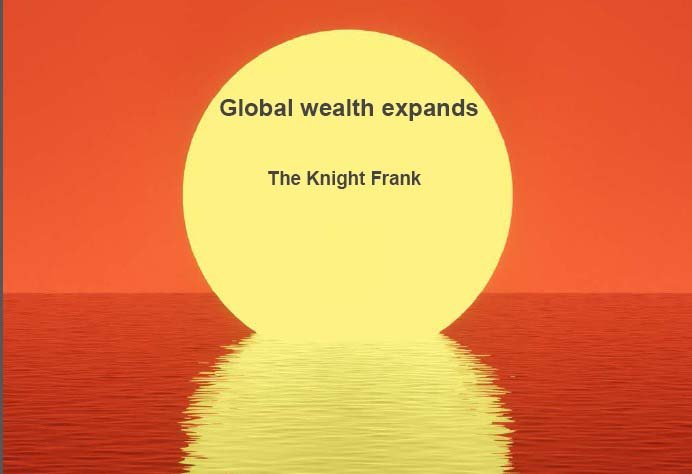 Global Wealth Map: The U.S. Maintains Leadership, Asia Strengthens Its Position
Global Wealth Map: The U.S. Maintains Leadership, Asia Strengthens Its Position
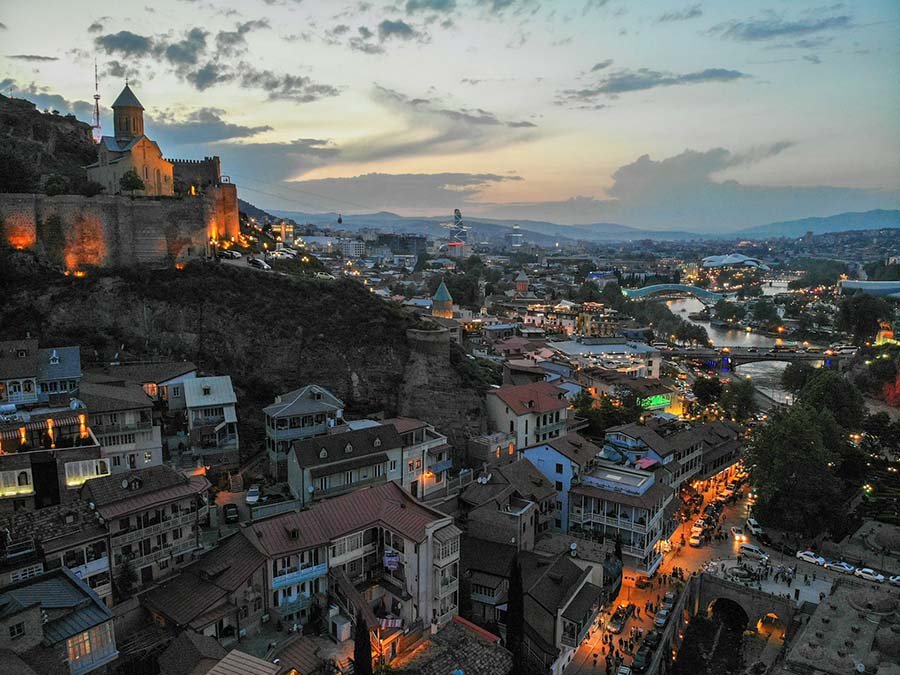 Money Transfers to Georgia Increase: USA, Italy and Russia Lead
Money Transfers to Georgia Increase: USA, Italy and Russia Lead
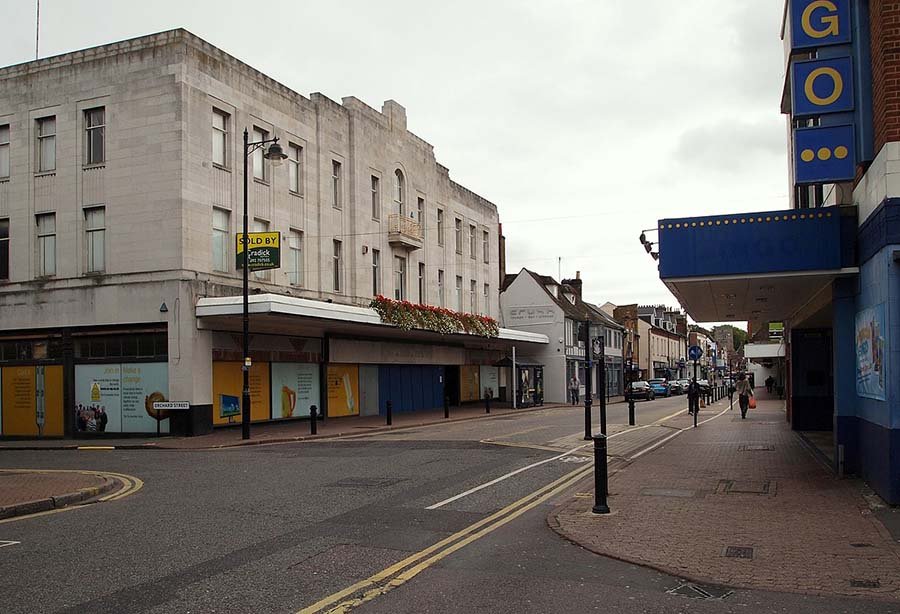 Londoners no longer want to buy property outside the city
Londoners no longer want to buy property outside the city
 Housing in Bosnia and Herzegovina: prices, yields, and risks in 2025
Housing in Bosnia and Herzegovina: prices, yields, and risks in 2025
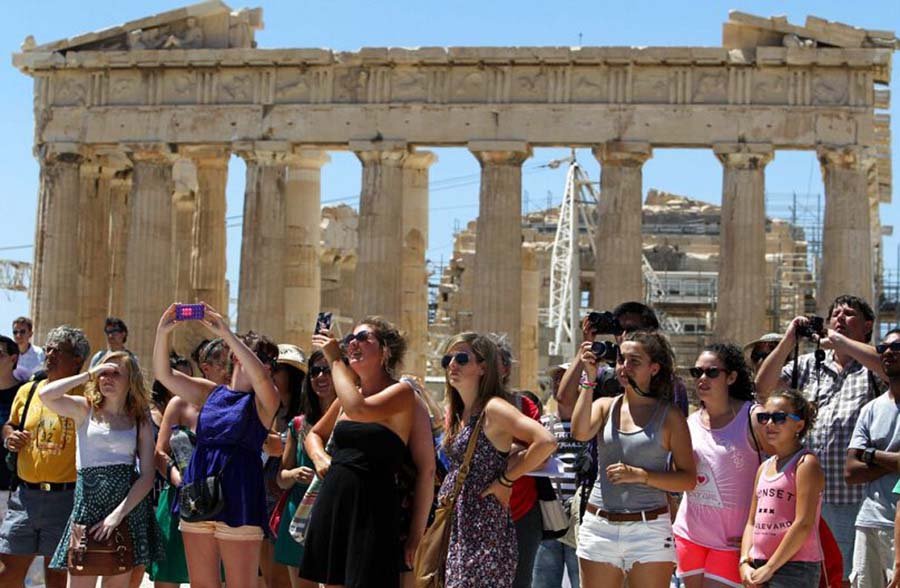 Greece boosts tourism revenues thanks to Germany, the US, and the UK
Greece boosts tourism revenues thanks to Germany, the US, and the UK
Serbia’s Real Estate Market: Rising Prices and Regional Shifts in Demand

In 2024, Serbia’s real estate market experienced steady growth. According to the Republic Geodetic Authority, the total value of registered property transactions reached €7.4 billion — a 15% increase compared to 2023. The number of contracts signed also rose by 4.2%, totaling 126,787 deals.
Housing Market Performance
The residential property segment showed the strongest performance: the number of transactions rose by 12.8%, and the total value surged by 21.1%. Apartment prices increased at an annual rate of around 5%. Transactions involving houses, agricultural land, and garages remained stable in volume, yet their overall market value rose by 15%, 11.9%, and 7.5%, respectively. Construction land saw an 18.5% price increase, despite a 3% drop in the number of transactions.
Housing accounted for 55.6% of the total market value (€4.1 billion). Other sectors showed lower volumes:
Houses: €601.3 million (8.1%)
Construction land: €541.4 million (7.3%)
Commercial properties: €326 million (4.4%)
Agricultural land: €266.6 million (3.6%)
Only the commercial real estate sector saw a decline — down 4% in deal volume and 7.4% in total value.
Regional Trends
Belgrade remained Serbia’s real estate hotspot, concentrating 54% of apartment transaction value. However, secondary cities showed notable growth:
In Niš: apartment sales rose 48%, value up 97%
In Kragujevac: +40% in sales, +87% in value
In Novi Sad: +30% in sales, +53% in value
Belgrade still had the highest transaction volume and market turnover (€1.5 billion in central districts). Novi Sad led in contract numbers (11,744).
Financing and Mortgage Uptake
Easing monetary policies from Serbia’s central bank and the ECB helped increase access to credit. In 2024, 10% of property purchases were made with mortgages — up from 7% in 2023. For apartments, this rose from 17% to 22%.
Investment and Premium Market Trends
Belgrade led in capital investment (€3.53 billion), followed by:
Vojvodina: €2.04 billion
Šumadija & Western Serbia: €1.15 billion
Southern & Eastern Serbia: €697.4 million
High-end properties saw record prices:
Apartment: €2.5 million
House: €4 million (Savski Venac, Belgrade)
Garage: €73,000 (Vračar)
Most expensive commercial sqm: €12,969
Largest land sale: €8.15 million (Sombor)
Buyer Profiles
Over 90% of transactions involved Serbian residents, mainly buying for personal use. However, investment purchases — particularly for rental — were growing, especially in urban centers. Companies focused on land and commercial assets. Foreign buyers played a minor role, mostly in Belgrade’s luxury segment.
2025 Outlook and Economic Forecasts
Cushman & Wakefield expects strong demand for new housing, especially in infrastructure-rich areas. Moderate price growth of 5–6% is projected. Meanwhile, Serbia’s office market is recovering slowly, still dependent on flexible leasing formats.
Investropa sees rising investor interest in Novi Sad, Niš, and Kragujevac — from both local and regional buyers.
However, economic forecasts were revised downward. The National Bank now expects 2025 GDP growth at 3.5% (down from 4.5%), citing slower consumption. The World Bank and IMF also downgraded projections to 3.5%. Fitch Ratings adjusted its outlook to 3.8% but reaffirmed Serbia’s positive credit rating, noting strong internal demand and a resilient banking system.





